Photos: Restoring Life to Iraq's Ruined Artifacts
Islamic and Christian holy sites across Iraq have been destroyed by the Islamic State group, demolishing thousands of years of history. Now archaeologists have undertaken an ambitious endeavor to bring online the photos taken by Amir Harrak -- photos that in some cases are the only traces left of such history. Here's a look at some of his images from Iraq's rich history. [Read the full story on the Iraq heritage sites.] (Photo Credit: Amir Harrak.)
Mar Behnam

In 2014 Amir Harrak, a professor at the University of Toronto, travelled to the monastery of Mar Behnam, located near Mosul in Iraq. During his visit he took high quality photographs of the inscriptions and art, examples of which are shown in this photo gallery. The monastery was constructed in the sixth century and was renovated around 1300. This image shows a beautifully carved lion amidst several inscriptions.
In June 2014, the Islamic State group captured the city of Mosul and destroyed the monastery. Harrak managed to leave the city before it fell, taking these photographs with him. Mar Behnam is one of many historical sites that they have destroyed in Iraq and Syria.
Harrak has travelled around Iraq cleaning and recording inscriptions that date between the seventh and 20th centuries. Many of the inscriptions he recorded have since been destroyed or damaged and he is working with Canadian Centre for Epigraphic Documents (CCED) to create an online database of the inscriptions, something that will allow new research to be done on them and more people to see them than ever before.
The Virgin's Vault

The Virgin's Vault (pictured here) dates to the 13th century and contains a series of enigmatic inscriptions written in Syriac and Arabic. Even if you can read the languages the inscriptions don't make any sense if you read them left to right or right to left. To understand them you have to know which inscription follows the other. If you can do this a fantastic image forms ...
Get the world’s most fascinating discoveries delivered straight to your inbox.
A geometric design

If you can read the inscriptions in the proper order you can make out what researchers call a "picture of the mind." Crosses superimpose crosses in a geometric design, forming a star pattern. This star pattern was popular among Assyrian Christians and may go back to ancient times. While this vault is likely destroyed the images Harrak took create an opportunity to bring it back online, allowing new research to be done and (despite the destruction) for more people to see it than ever before.
For future generations
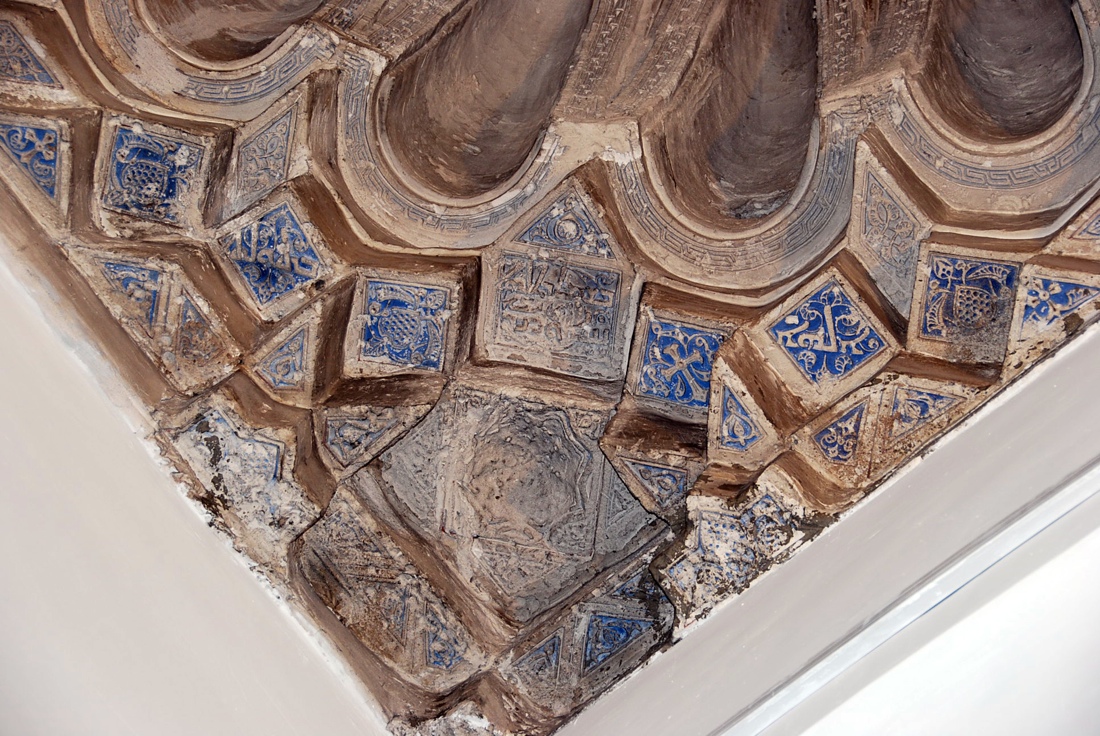
The high-quality images allow the inscriptions and decorations on the Virgin's Vault to be studied in great detail and for future generations to learn about the mysterious vault.
Unstudied history
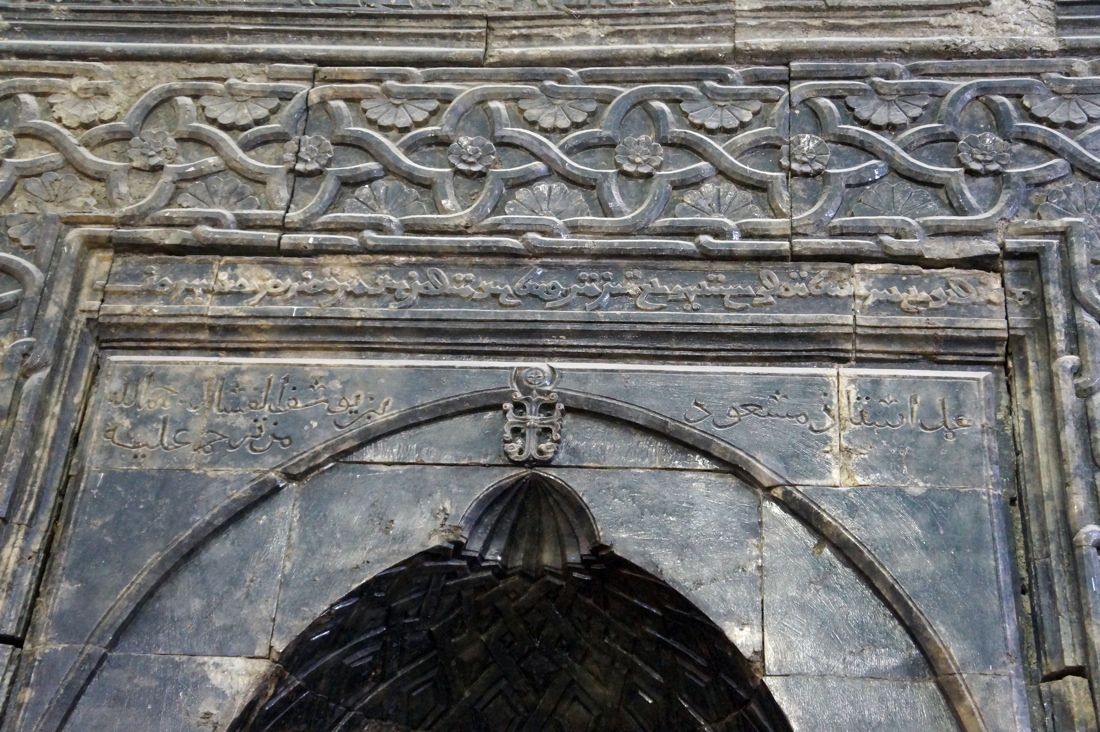
The monastery held many inscriptions, often little studied. The inscription at top is in old Uyghur. A modern-day version of the language is spoken today in Mongolia and parts of China.
Beautiful decor

This baptismal room, located in a church in the monastery, has numerous decorations and inscriptions.
Animal decorations
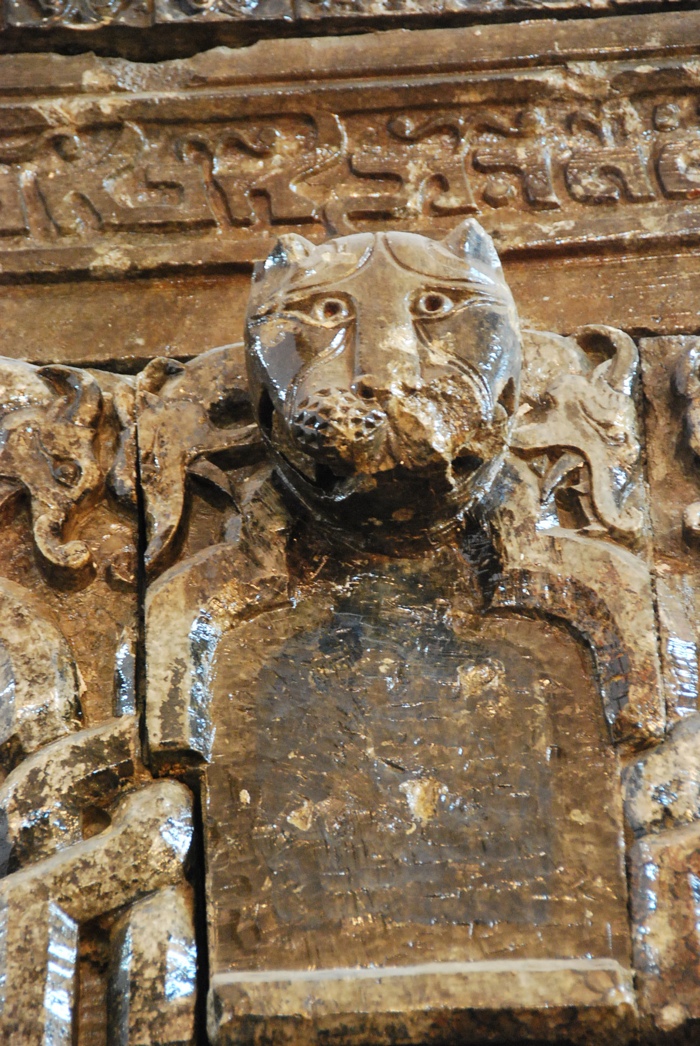
A close-up of the animal carving in the baptismal room.
A place of honor
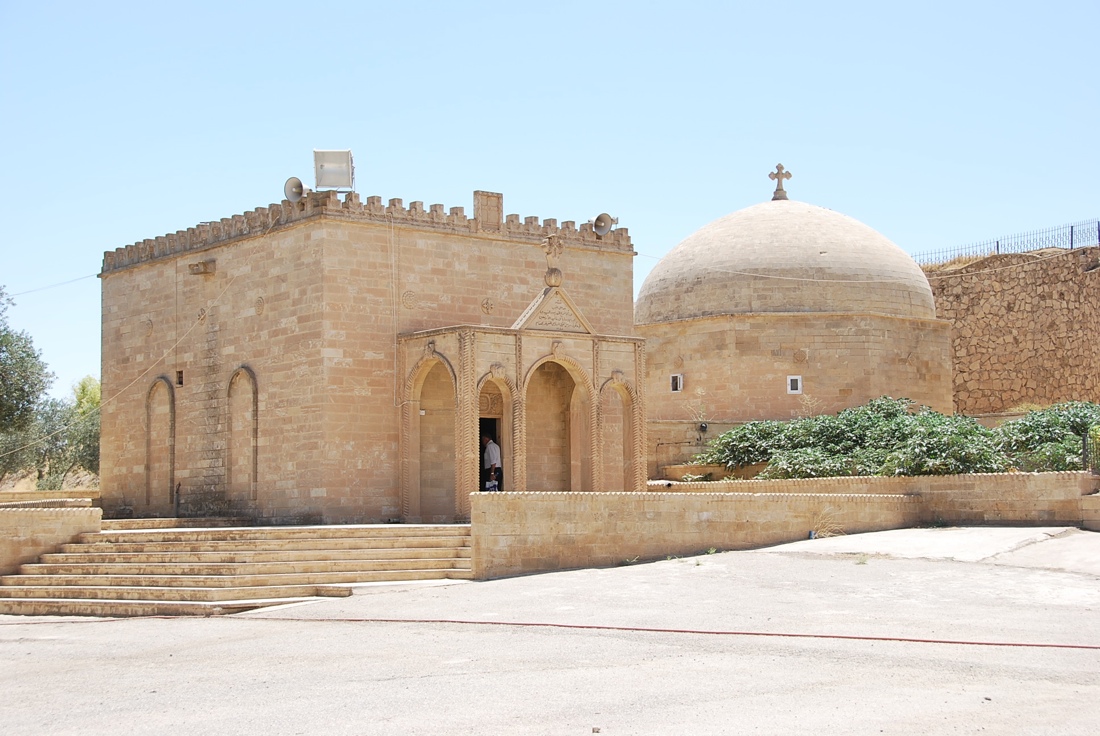
This image shows the outside of the martyrium at Mar Behnam. It holds relics of the fourth century Mar (a word that means saint) Behnam and his sister Sara. Their father, a king who rules the area, has them killed but he himself later converts to Christianity. The martyrium dates to the sixth century.
Inside the Martyrium
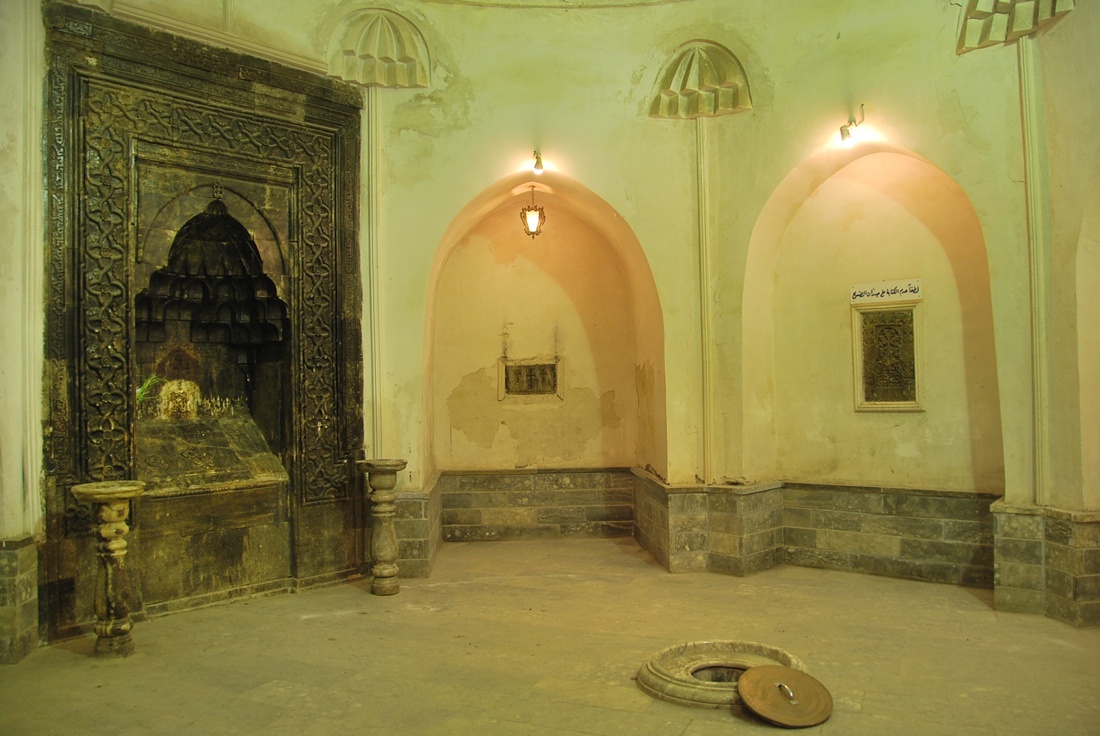
A view of the interior of the martyrium, the octagonal pattern was constructed in the sixth century and renovations were carried out in the 13th century.
A lost treasure
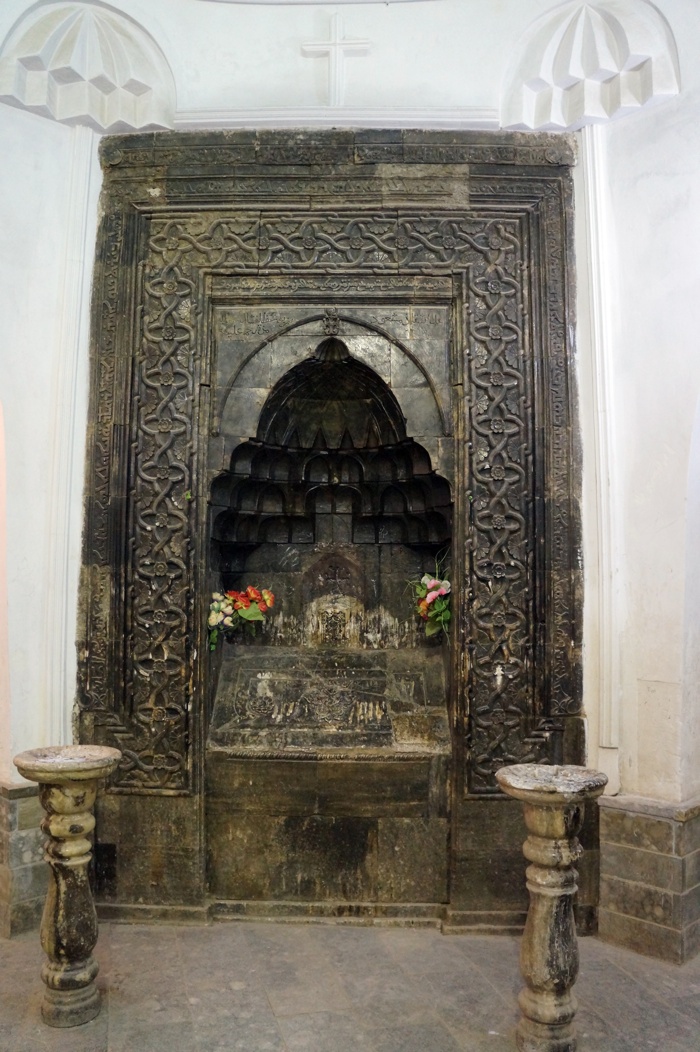
The tomb of Mar Behnam located within the martyrium. It was blown up not long after the Islamic State group took control of the area in June 2014. Today researchers have an opportunity to bring it, and many other Iraqi sites, back online, allowing research to continue and more people to see these sites than ever before.
Follow us @livescience, Facebook & Google+.

Owen Jarus is a regular contributor to Live Science who writes about archaeology and humans' past. He has also written for The Independent (UK), The Canadian Press (CP) and The Associated Press (AP), among others. Owen has a bachelor of arts degree from the University of Toronto and a journalism degree from Ryerson University.
